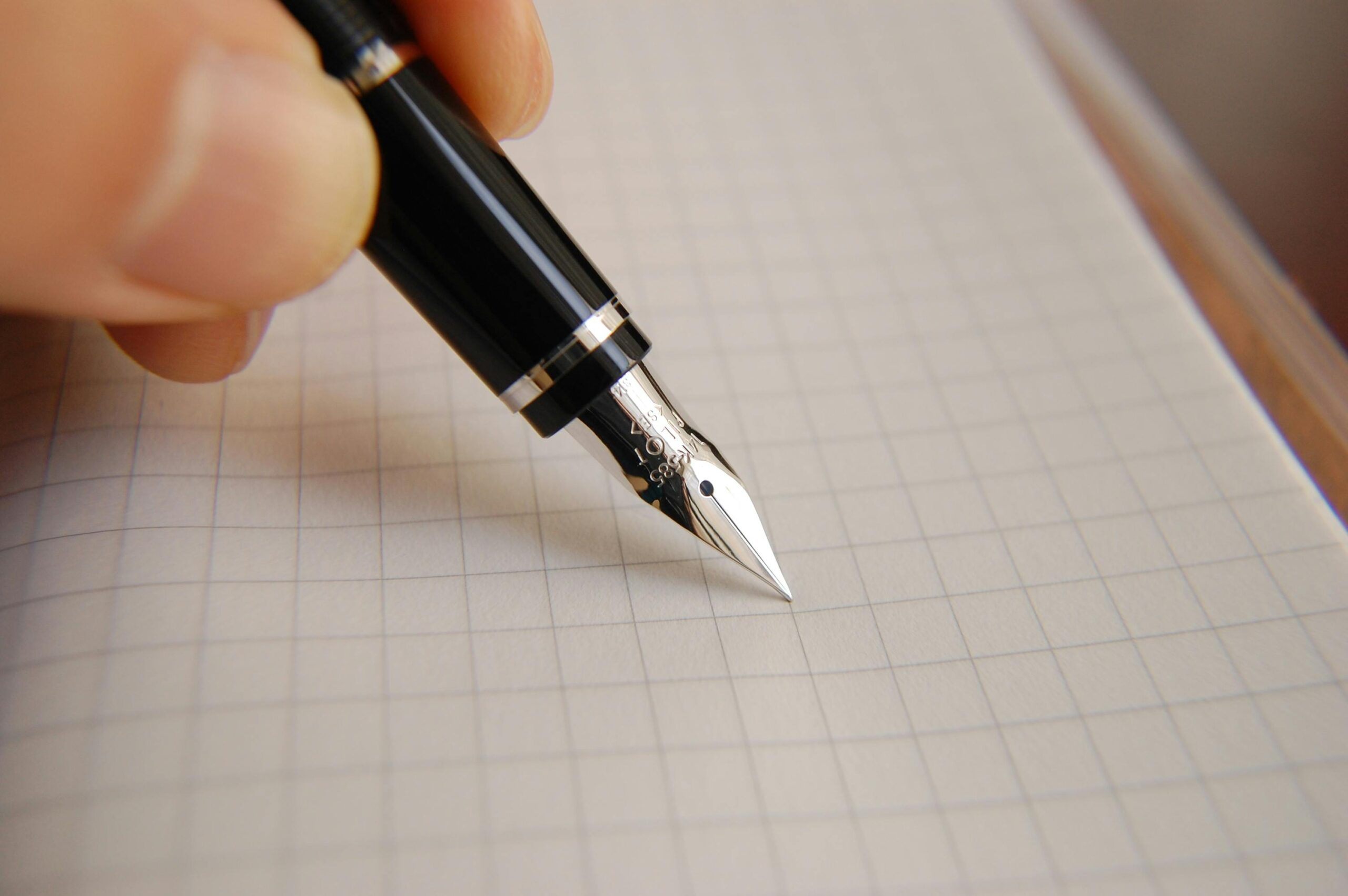Hey there—look at you.
You’re here. And that’s no small thing.
Every time you show up for yourself—even in quiet, imperfect ways—you’re building something real.
Change isn’t always smooth. Sometimes it’s messy. Sometimes it’s slow.
But you’re still here. Still choosing. Still trying.
And that matters more than you know.
This issue, we’re gently leaning into something most people try to ignore—
but if you’ve struggled with gambling, you’ve probably felt it deep in your bones:
Cravings. The itch. The urge.
That moment when your body tenses, your mind races, and everything tempts you to go back—even when you know better.
If that sounds familiar, it doesn’t mean you’re weak.
It means you’re human.
And the good news?
You don’t have to fight it alone.
This issue will walk you through how to meet that urge with clarity, with compassion, and with a plan.
No shame. No panic. Just presence—and power.
One grounded moment at a time.
You’ve already done something brave just by opening this.
And if you’re just starting this journey or want to revisit where it all began, start with our Recovery Roadmap.
You’re not late. You’re right on time.
When the Urge Hits…
Maybe it sneaks in quietly after a long, stressful day.
Maybe it hits hard and fast after seeing an old trigger.
Maybe it’s just that itch—the need for a little “rush.”
But here’s what you need to know:
Cravings are normal. They are not a sign of weakness.
They’re a sign that your brain is healing—and reaching for what it used to know.
The good news? You can prepare for them.
And the better news? You don’t have to do it empty-handed.
My Top 3 Go-To Tools When Cravings Hit
These aren’t just “nice ideas.” They’re practical, tested tools that thousands of people in recovery use to stay grounded and regain control in those high-pressure moments.
1. Tech Boundaries = Mental Breakthroughs
When a craving sneaks in, your brain might say, “Just one quick spin.” But that’s the hook.
Flip the script by setting digital boundaries that protect your peace. Block tempting sites. Limit screen time. Create space for your mind to breathe.
You’re not just turning off distractions—you’re turning on your self-control.
2. A Voice Can Shift Everything
Sometimes, the strongest move isn’t fighting the urge—it’s talking through it.
A simple, honest conversation with someone who gets it can cut through the fog and bring you back to center.
You’re never a burden. You’re human—and being heard can be the most powerful relief of all.
3. Breathe, Write, Interrupt the Cycle
Cravings thrive in chaos—but mindfulness brings calm.
Pause. Breathe. Then grab a journal and ask yourself:
- What am I really feeling right now?
- What do I need that has nothing to do with gambling?
- What’s one kind thing I can do for myself today?
Each time you reflect instead of react, you’re not just resisting—you’re retraining your brain and building resilience.
This Issue’s Challenge: Pause. Choose. Repeat.
For the next 3 days, when a craving hits:
- Pause for 90 seconds. Just breathe. Let the urge rise—and then let it pass.
- Choose one tool. Whether it’s calling someone, writing down how you feel, or simply stepping outside for fresh air—do something different.
- Repeat. Each time you interrupt the cycle, you’re not just resisting. You’re rebuilding.
Cravings don’t mean you’re failing—they mean your brain is healing.
Every small decision you make this week is proof of your strength in motion.
Bonus Challenge: Journal About Your Experience
Reflecting on Your Tools
Date: _______________
Time: _______________
- What Worked?
Which tool or action did you use to manage the craving? (E.g., journaling, mindfulness, calling a helpline)
Why do you think it was effective? (E.g., It helped me pause and breathe, or it interrupted my usual cycle) - What Surprised You?
What did you learn about yourself or the craving? (E.g., I realized my emotions were guiding me more than I thought)
What unexpected feelings or thoughts emerged? (E.g., relief, strength, hope) - What Helped the Most?
Out of the tools or strategies you tried, which made the biggest impact? (E.g., calling a friend, using a self-control app)
Why did this approach resonate with you? (E.g., It felt simple and manageable, or it gave me clarity) - Looking Ahead
One lesson or insight I want to remember:
One action I want to take next time cravings arise:
You’re on the Right Track.
Recovery isn’t about perfection—it’s about progress. It’s a journey with twists, turns, and the occasional detour. But with every choice you make to reach for a tool instead of a quick fix, you’re reshaping your future and reclaiming your power.
Each step, no matter how small, is a victory.
And no matter where you are, you’re never walking this path alone.
You’ve got the strength. You’ve got the support. Keep moving forward.
And when you need a little extra support, we’re here.
Read stories that encourage you to be better and have that safe space for growth and healing.
A Thought for You:
If something from this issue resonated with you, perhaps it’s a reminder to share it with someone who might also be on their own healing journey. You never know how a small act of sharing can make a big impact.
Which tool stood out to you this issue—and why?
Your story matters. Your journey is powerful.
We’re truly honored to be part of it.
Yours,
The High Stakes Healing Team



